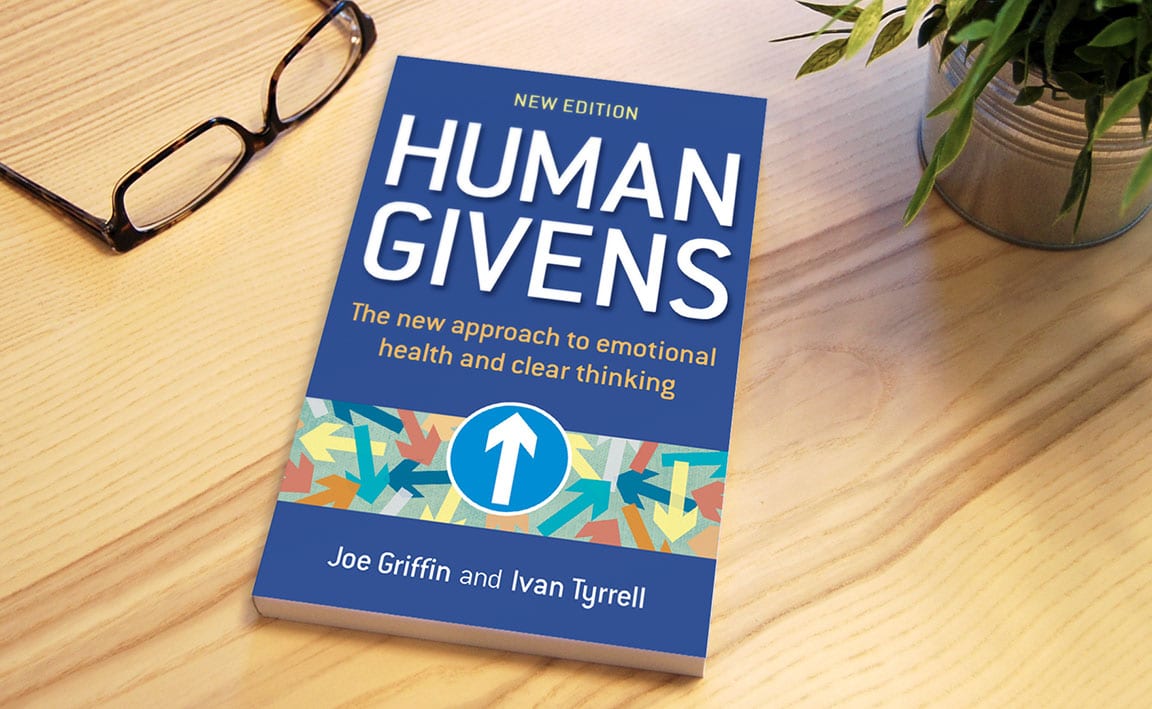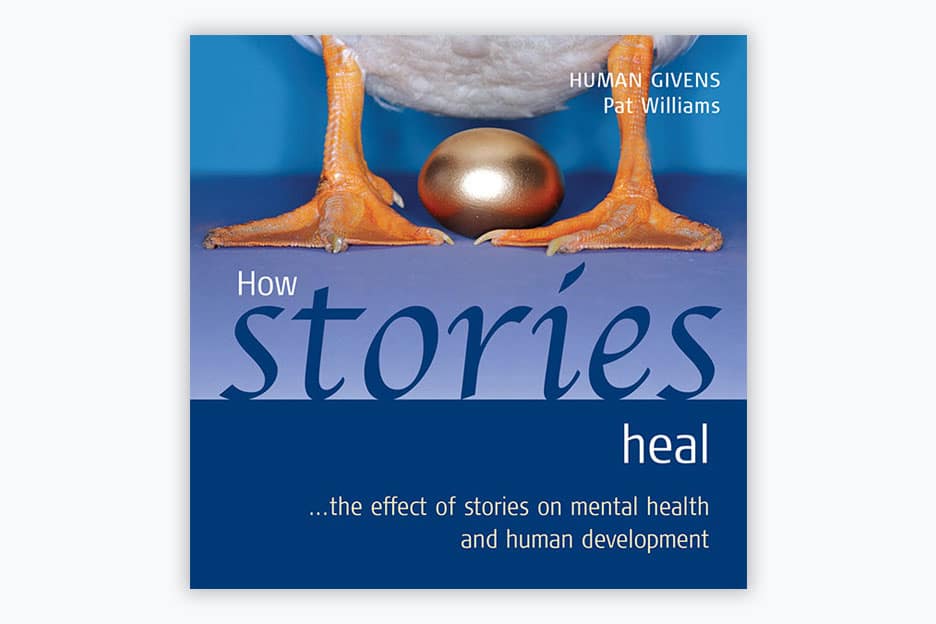Our ‘pattern-matching organ’
This profound understanding of how our brains work helps us replace unhelpful patterns with empowering ones
A young woman is struggling to trust anyone she starts a relationship with, even when she is strongly drawn to them and they seem caring and interested in her. She is nervous that they will let her down, because that was what happened when she gave her heart to someone who, as she discovered after six years together, was cheating on her.
The members of the interviewing panel are highly impressed with one of the candidates but the chair of the panel is adamant that she shouldn’t get the job. He gets the strong feeling, although he can’t really say why, that she will not be a good team player and will want things all her own way.
The therapist is empathetic as she hears how her new client experienced serious setbacks in her early life which have prevented her from pursuing her dreams. Later, she relaxes her deeply and tells her a story from Greek mythology about a hero who has been set a series of quests, to complete which he overcomes many seemingly impossible obstacles.
All these are examples of pattern matching, a concept that is central to human givens understandings about nature and also to effective therapy. Pattern matching guides how we see the world and survive within it. Babies are programmed before they are born with patterns they will seek to complete after birth. For instance, to survive, babies must look for something that is ‘like’ something they have been programmed to recognise – such as a human face, belonging to whoever will be their primary caregiver, or a teat (whether on a breast or a bottle) in order to find nourishment, or even something similar, like a finger, which can, for a while, bring them calm.
It is unhelpful patterns that people bring into therapy and it is also through the metaphorical process of pattern matching that HG therapists can help them.

As explained in Human Givens: the new approach to emotional health and clear thinking,1 “The brain is essentially a metaphorical pattern-matching organ, constantly seeking environmental stimuli to match up to the instinctive and learned responses amassed since conception. Not only does this give us the ability to recognise something we need (such as a nipple or teat) but it is the means by which we recognise something when we come across it again (we see a chair and can identify it by pattern matching, at the speed of light, to our knowledge of what chairs tend to look like). We use pattern matching and metaphor to communicate with others (“it’s like this” or “it’s like that”) and to build on our understandings about the world (inventors often devise new ways of doing things by enlarging on or adapting the way something is achieved in nature). Our brains are constantly pattern matching, relating what is new to what we already know.”
What we perceive, and the way we react to our perceptions, always depends on pattern matching to innate and learned knowledge. It is unhelpful patterns that people bring into therapy and it is also through the metaphorical process of pattern matching that HG therapists can help them.
The young woman who struggles to trust anyone she starts a relationship with is bringing into that new relationship the pattern she learned from her previous bad experience: partners are not to be trusted and they let you down. It is, of course, true that we need to learn from previous experiences – perhaps she overlooked or rejected obvious signs of the partner’s infidelity because she didn’t want it to be true. Perhaps she dismissed out of hand all warnings from friends. But it is equally unhelpful not to trust at all. A good therapist can help her uncouple that pattern match and learn to distinguish between the behaviours of someone who is loving and kind and loyal and those of someone who will let her down.
Pattern matching, when unhelpful connections are made, can lead us astray. And this happens, often, because the process is unconscious. We see something or hear something, and a link is made with something from the past, which leads to an expectation. The chair of the interviewing panel, who against all the reasonable arguments of his colleagues insists the ‘best’ candidate will not be a team player and will damage team morale, truly believes in his gut instinct. He thinks it is intuition, arising from his long experience as a manager. In fact, he has unconsciously reacted to the fact that the woman has short, choppily cut red hair – a style rather similar to that worn by his ex-wife, from whom he acrimoniously divorced 16 years ago.
helping people replace unhelpful patterns with empowering ones.
HG therapists excel at teasing out hidden pattern matches and also at helping people replace unhelpful patterns with empowering ones. This is done most easily and effectively through the use of stories, which, by their very nature, tap into the metaphorical part of our brain. So, when working with someone who has lost all self-belief because of being prevented, as a child, from following their true talents and being told that they weren’t good enough, weren’t smart enough and wouldn’t amount to much, the therapist may tell a story about someone who successfully overcame extreme obstacles in order to move on productively with their life. The therapist won’t explain to the client why they are telling the story. They just let the powerful new pattern filter its way through, so that, coupled with the new skills and strategies the person is taught, it helps create a wider perspective to replace the outdated, narrow one through which circumstances were previously viewed.
Pattern matching is a profound concept. We perceive our reality through the patterns we match up to in the environments we are in and we derive our sense of meaning from them. Repeat panic attacks arise from unconsciously matching to a frightening past circumstance; depressed people pattern match to negative experiences they have had, and cease to access the good ones; addictions take hold because of pattern matching to the expectation of pleasure or relief from indulging in a particular substance or action, even though that pleasure or relief is short lived, and the guilt or shame long lasting. These are limiting patterns. Yet the patterns available to us all are infinitely rich, when we can learn the ways to refine them.
References:
1. Griffin, J and Tyrrell, I (2003, 2013). Human Givens: the new approach to emotional health and clear thinking. HG Publishing, East Sussex.


